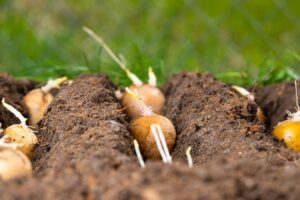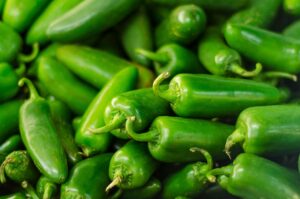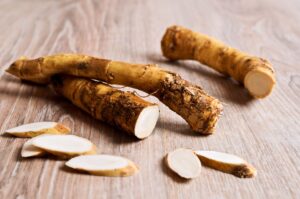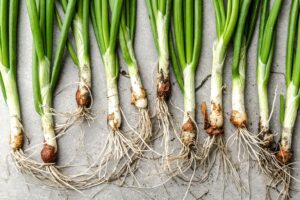How to Grow Squash: A Complete Guide for Gardens, Containers, and Indoor Spaces
Are you eager to grow your own squash but unsure where to start? Whether you have a spacious garden, a small patio with room for containers, or just a sunny windowsill, growing squash can be a rewarding experience that provides you with delicious, nutritious vegetables for your kitchen. The US market for homegrown produce continues to expand as more people discover the joy and benefits of growing their own food. This comprehensive guide will walk you through everything you need to know about growing squash in various settings across the United States.
Understanding Squash Varieties
Before diving into growing methods, it’s important to understand the two main categories of squash:
Summer Squash
Summer squash varieties like zucchini, yellow squash, and pattypan are harvested when immature, giving them tender skin and a short shelf life. They grow quickly and can provide abundant harvests throughout the growing season.
Winter Squash
Winter squash varieties such as butternut, acorn, spaghetti squash, and pumpkins develop hard outer rinds and are harvested when fully mature. They store well for months and offer rich, sweet flesh perfect for fall and winter cooking.
According to the USDA’s Agricultural Research Service, squash is one of the most versatile garden vegetables and has been cultivated in North America for thousands of years.
When to Plant Squash in Different US Regions
Timing is crucial when growing squash. Here’s a breakdown of optimal planting times across different US regions:

| US Region | Summer Squash Planting Time | Winter Squash Planting Time |
|---|---|---|
| Northeast | After last frost (May-June) | Late May to early June |
| Southeast | March-April or August-September | April-June |
| Midwest | Late May to early June | Late May to early June |
| Southwest | February-March or August-September | March-April |
| West Coast | April-June | May-June |
| Pacific Northwest | Late May to early June | Late May to early June |
Growing Squash in Your Garden
Preparing Your Garden Soil
Squash plants are heavy feeders that thrive in rich, well-draining soil. To prepare your garden for squash:
- Choose a sunny location that receives at least 6-8 hours of direct sunlight daily.
- Test your soil pH—squash prefers slightly acidic to neutral soil (pH 6.0-7.0).
- Incorporate 2-4 inches of compost or well-rotted manure into your soil.
- Consider adding a balanced organic fertilizer following package directions.
The National Gardening Association recommends creating mounds or hills for planting squash, especially in areas with poor drainage. Form hills about 8-12 inches high and 18-24 inches wide, spacing them 3-6 feet apart depending on the variety.
Direct Seeding Squash Outdoors
Squash grows best when directly seeded into warm soil:
- Wait until soil temperatures reach at least 60°F (typically 2-3 weeks after the last frost).
- Plant seeds 1 inch deep, with 4-5 seeds per hill.
- Once seedlings emerge and develop 2-3 true leaves, thin to the strongest 2-3 plants per hill.
- Water thoroughly after planting and keep soil consistently moist until germination.
Caring for Garden Squash
Your squash plants will need regular attention throughout the growing season:
- Watering: Provide 1-2 inches of water weekly, preferably through drip irrigation or soaker hoses to keep foliage dry.
- Mulching: Apply 2-3 inches of organic mulch around plants to conserve moisture and suppress weeds.
- Fertilizing: Side-dress with compost or a balanced organic fertilizer when plants begin to flower and again in mid-season.
- Pest management: Monitor for common pests like squash bugs, cucumber beetles, and vine borers. The USDA Integrated Pest Management Program offers guidance on eco-friendly pest control methods.
Growing Squash in Containers
Limited garden space? No problem! Many squash varieties can thrive in containers on your patio, balcony, or deck.
Choosing the Right Container
For successful container-grown squash:
- Select containers at least 5 gallons (24 inches in diameter) for bush varieties and 7-10 gallons for vining types.
- Ensure containers have adequate drainage holes.
- Use lightweight, high-quality potting mix specifically formulated for vegetables.
- Consider self-watering containers to maintain consistent moisture levels.
Best Squash Varieties for Containers
Not all squash varieties are suitable for container growing. Focus on these space-efficient options:
- Summer squash: ‘Bush Baby’, ‘Pattypan’, ‘Sunburst’, ‘Spacemiser’
- Winter squash: ‘Butterbush’, ‘Honey Bear’ acorn, ‘Gold Nugget’, ‘Sweet Dumpling’
Container Squash Care Tips
Container-grown squash requires slightly different care than garden plants:
- Position containers where they’ll receive 6-8 hours of sunlight daily.
- Water more frequently than garden plants, possibly daily during hot weather.
- Fertilize every 2-3 weeks with a diluted liquid fertilizer.
- Provide support like trellises or tomato cages for vining varieties.
- Rotate containers occasionally to ensure even growth and sun exposure.
Growing Squash Indoors
Yes, you can grow squash indoors with the right setup! While challenging, it’s possible to grow compact varieties year-round inside your home.
Setting Up an Indoor Growing Space
To successfully grow squash indoors:
- Select a south-facing window that receives at least 8 hours of direct sunlight, or install full-spectrum grow lights.
- Choose self-pollinating, compact bush varieties like ‘Eight Ball’, ‘Gold Rush’, or ‘Multipik’.
- Use containers at least 5 gallons in size with excellent drainage.
- Fill with high-quality potting mix enriched with compost.
Hand-Pollinating Indoor Squash
Indoor squash plants lack natural pollinators, so you’ll need to hand-pollinate for fruit production:
- Identify male flowers (thin stems) and female flowers (with tiny squash at the base).
- When both are open on the same day, use a small brush or cotton swab to transfer pollen from male to female flowers.
- Pollinate in morning hours when flowers are fully open.
According to the USDA Plant Hardiness Zone Map, understanding your specific growing zone can help you determine the best varieties and timing for indoor growing if you’re using squash as a year-round crop.
Starting Squash from Seeds
Whether you’re growing in a garden, containers, or indoors, starting from seeds gives you more variety options and can be more economical.
Direct Seeding vs. Starting Indoors
In most regions, direct seeding is preferred for squash because:
- Squash seedlings don’t transplant well due to sensitive root systems
- Direct-seeded plants often catch up to and outperform transplants
- It’s simpler and requires less equipment
However, starting seeds indoors can give you a 2-3 week head start in regions with short growing seasons.
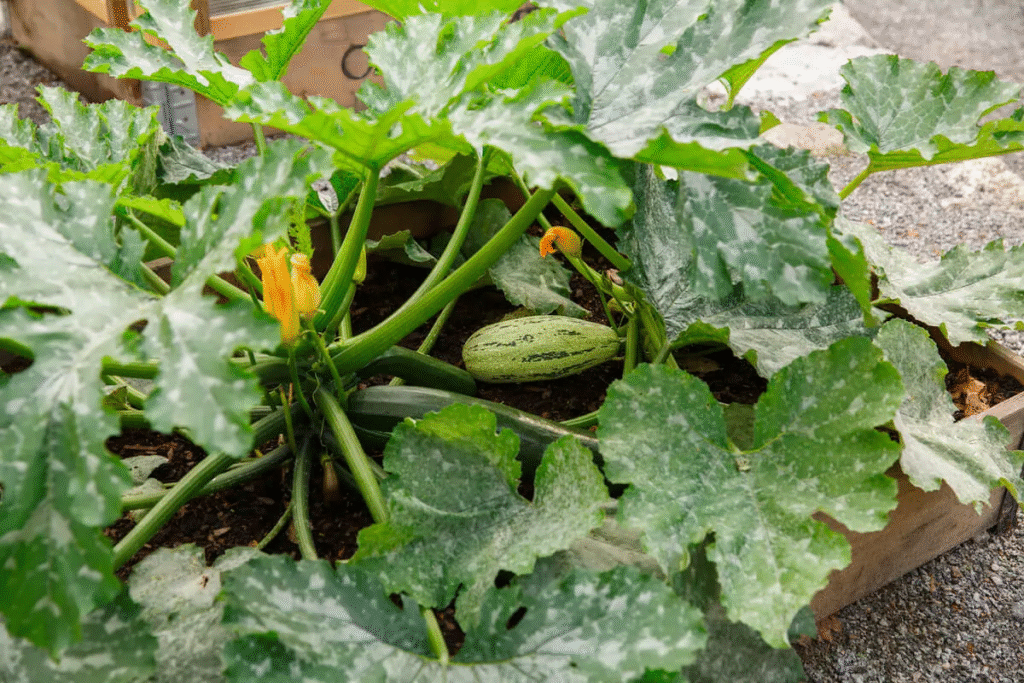
Starting Seeds Indoors
If you choose to start seeds indoors:
- Begin 3-4 weeks before your last expected frost date.
- Use biodegradable pots (like peat or cow pots) to minimize root disturbance during transplanting.
- Fill pots with seed-starting mix and plant seeds 1 inch deep.
- Maintain soil temperature between 70-85°F using a heat mat if necessary.
- Provide 14-16 hours of light once seedlings emerge.
- Harden off seedlings by gradually exposing them to outdoor conditions over 7-10 days before transplanting.
Transplanting Seedlings
When transplanting squash seedlings:
- Wait until all danger of frost has passed and soil has warmed.
- Choose a cloudy day or late afternoon to minimize transplant shock.
- Dig holes slightly larger than the seedling containers.
- Plant at the same depth as the seedlings were growing in their containers.
- Water thoroughly and apply mulch.
Common Squash Growing Problems and Solutions
Even experienced gardeners encounter challenges when growing squash. Here are solutions to common problems:
Pest Management
- Squash bugs: Apply row covers until flowering, hand-pick and destroy eggs, use neem oil sprays.
- Squash vine borers: Use protective collars around plant stems, inject Bt into stems if infested.
- Cucumber beetles: Apply row covers, use yellow sticky traps, consider companion planting with radishes or nasturtiums.
The USDA Agricultural Research Service provides updated information on integrated pest management techniques that minimize chemical interventions.
Disease Prevention
- Powdery mildew: Space plants properly for good air circulation, avoid overhead watering, apply preventative treatments like diluted milk spray.
- Bacterial wilt: Control cucumber beetles (which spread the disease), remove and destroy infected plants immediately.
- Blossom end rot: Maintain consistent soil moisture, add calcium to soil if needed.
Pollination Problems
If your plants flower but don’t produce fruit:
- Ensure pollinators are present in your garden
- Hand-pollinate during early morning hours
- Avoid applying insecticides during flowering periods
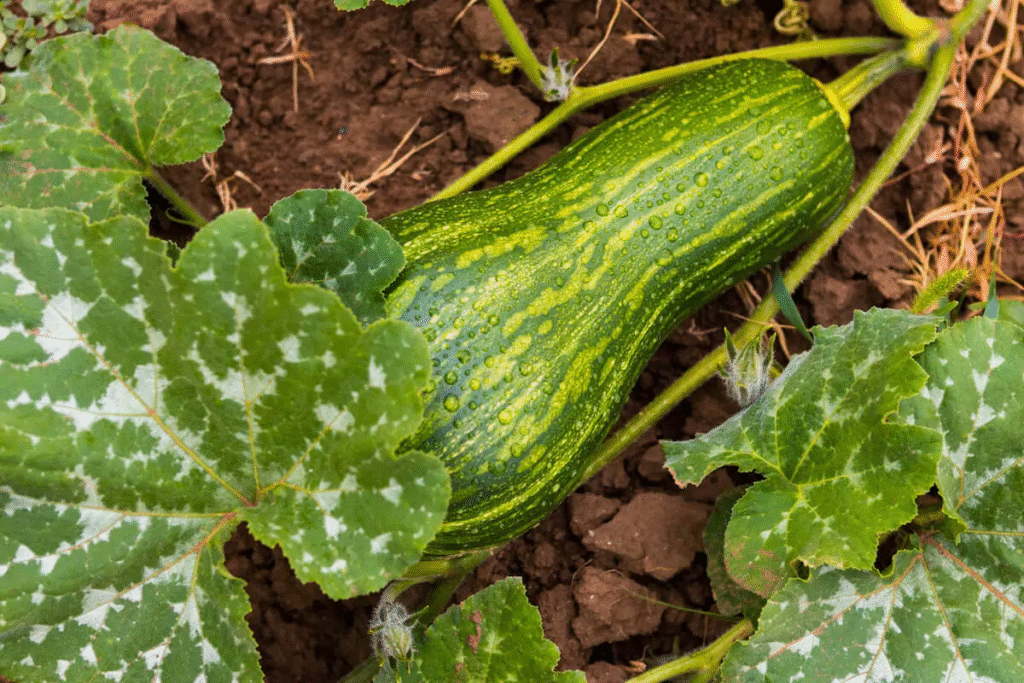
Harvesting and Storing Your Squash
Knowing when and how to harvest ensures the best flavor and longest storage life for your homegrown squash.
Harvesting Summer Squash
- Harvest when fruits are young and tender, typically 4-8 inches long depending on the variety
- Cut rather than pull fruits from the vine using clean, sharp scissors or pruners
- Harvest frequently (every 1-2 days) to encourage continued production
- Pick even if you don’t need them immediately—overripe fruits signal the plant to stop producing
Harvesting Winter Squash
- Allow fruits to mature fully on the vine until the rind is hard and cannot be pierced with a fingernail
- Harvest before heavy frost, leaving 2-3 inches of stem attached
- Cure most varieties (except acorn) in a warm, dry place for 7-14 days to improve flavor and storage life
Storage Tips
- Summer squash: Refrigerate unwashed in perforated plastic bags for up to 1 week
- Winter squash: Store in a cool (50-55°F), dry place with good air circulation for 2-6 months depending on the variety
Conclusion
Growing squash—whether in your garden, in containers, or indoors—can be a fulfilling experience that connects you with the food on your plate. By following these guidelines and adapting them to your specific growing environment, you can enjoy a bountiful harvest of nutritious, homegrown squash throughout the growing season and beyond.
Remember that successful squash cultivation requires attention to timing, proper care, and proactive pest management. Each growing season provides new learning opportunities to refine your techniques and try different varieties. For more detailed information on squash varieties suitable for your specific region, consult your local extension office through the USDA’s Cooperative Extension System.

